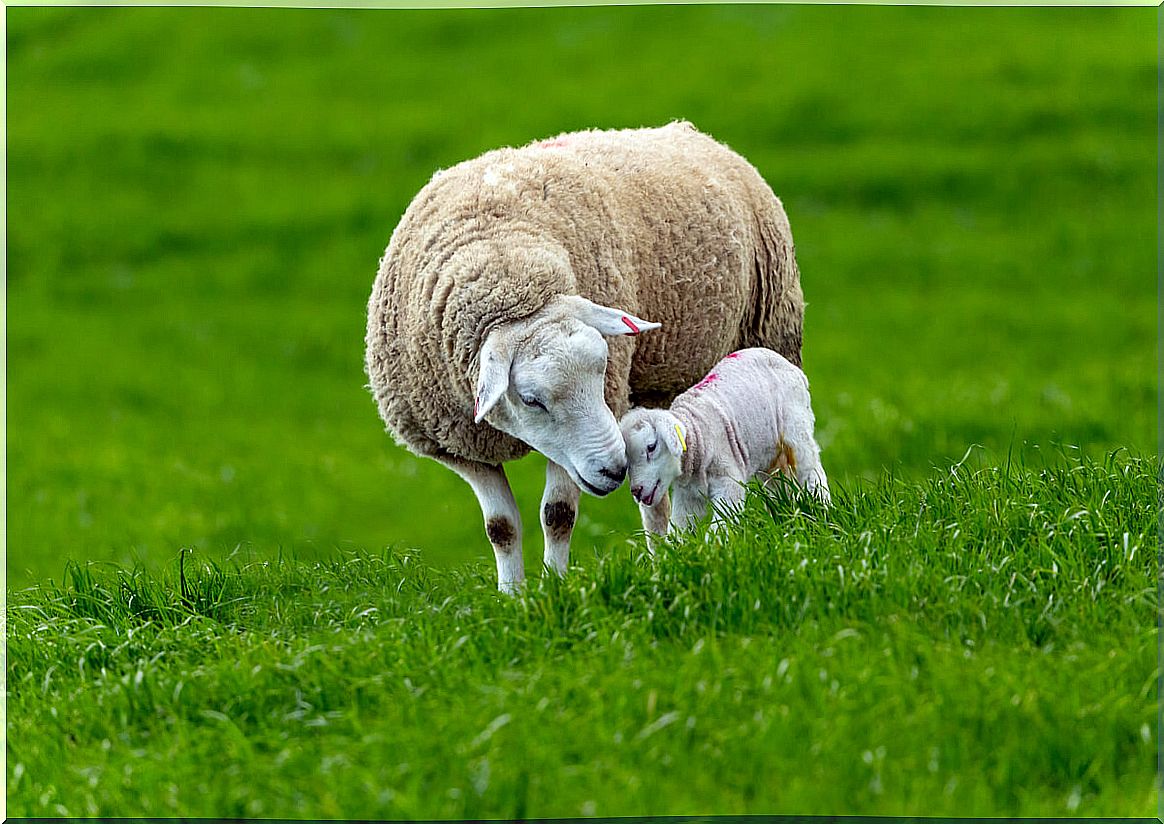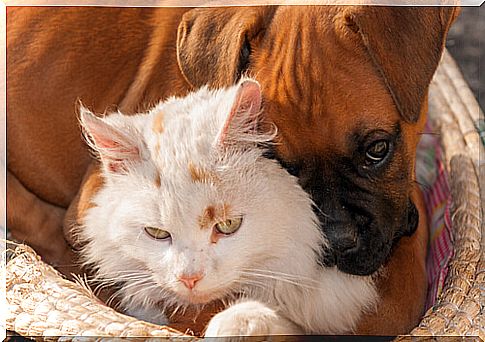Q Fever: A Possible Biological Weapon

Q fever is a disease caused by Coxiella burnetti , an intracellular parasitic bacterium. This pathology affects all types of domestic and wild mammals, but its main reservoirs are bovine, ovine and caprine species. For this reason, the bacterium is widespread throughout the world, with a higher prevalence in livestock areas.
The problem with this pathology is that it is a serious zoonosis that can affect humans. In fact, in some regions, it is considered an occupational disease for those who work with animals that may be carriers.
Overview of the disease known as Q Fever
Although the infection of mammals is a concern in the domestic sphere, they are not the only animals that can be carriers. There are all kinds of birds, reptiles, and even arthropods that can harbor the bacteria and transmit it. Of course, gravity appears when the species jump occurs and it is human beings who get sick.
The truth is that animals rarely suffer symptoms and, at least, most clinical signs are not serious. Domestic ruminants suffer from, at best, a mild disease. During this period, abortions and prenatal deaths of the young take place, still in the womb.

How is Q Fever spread?
Coxiella burnetii is shed in milk, urine, and feces on a regular basis, but the highest concentrations are found in the abortifacient remains of infected females. This is where transmission is most likely, when a susceptible individual comes into contact with the placenta or amniotic fluid.
In addition, this bacterium turns out to be very resistant to environmental conditions. Once the medium is contaminated, it takes the form of a spore. These are characterized by being habitual forms of resistance of the microorganisms before the adversities of the environment. In this form, they mix with the dust and are carried by the wind.
Other ways of transmitting the disease
There is another mode of spread, perhaps more common in the wild cycle of the disease, that is, with the intervention of wild rodents and lagomorphs as reservoirs, rather than domestic livestock. It is a vector transmission, through ticks.
Finally, since the bacteria are also eliminated in milk, humans can become infected by consuming poorly pasteurized dairy products. Therefore, not only the inhalation route is involved in the appearance of this zoonosis. Extreme precautions must be taken in all possible ways.
An emerging problem for global public health
The health authorities of the World Organization for Animal Health have been warning us for a long time of the importance of this zoonosis. In fact, the Organization itself includes Q Fever in its Unique List of Notifiable Diseases.
This is so because it is a pathology of such high infectivity that it threatens all personnel who work with animals. Veterinarians, laboratory and slaughterhouse workers, breeders, and even hunters can be exposed to infection during their working hours.
The European Food Safety Authority (EFSA) also warns of the risk of transmission through the consumption of contaminated food. To date, it has published several recommendations on the particularities of Q Fever that show its impact on animal health and public health.
Both institutions recommend a combination of measures to control this disease. On the one hand, the study of risk factors to keep the spread under control. On the other, the preventive vaccination of carrier animals. The latter has been the measure that has proven to be most effective.
Q Fever as a potential biological weapon
Experts believe that Coxiella burnetti could be used as a biological weapon due to several factors:
- Its high infectious potential.
- Its great resistance in an unfavorable environment.
- The possibility of wind propagation, as it can be transported by the wind to regions far from the primary focus.
Fortunately, the severe form of the disease – which is often fatal – is diagnosed in a low percentage of human cases. The most vulnerable people appear to be those with immune system disorders or serious heart problems.

How can you prevent this disease from becoming a serious global health problem?
Like any other zoonosis, the key to preventing Q Fever from becoming a human health emergency is clear: you have to act in the animal kingdom. The most effective method of control has already proven to be the vaccination of animals that are likely to be transmitters.
For this reason, vaccination campaigns are organized in cows, sheep and goats in the regions where the infection is very common. If the infection could not be prevented and is already present in livestock, there are other methods that can reduce the risk.
For example, hygiene measures applied during delivery and the puerperium of female livestock will reduce the infective capacity of the bacteria. Anything that eliminates vaginal discharges, as well as disinfection of the place of delivery, will hinder the spread of the disease.
It might interest you …









